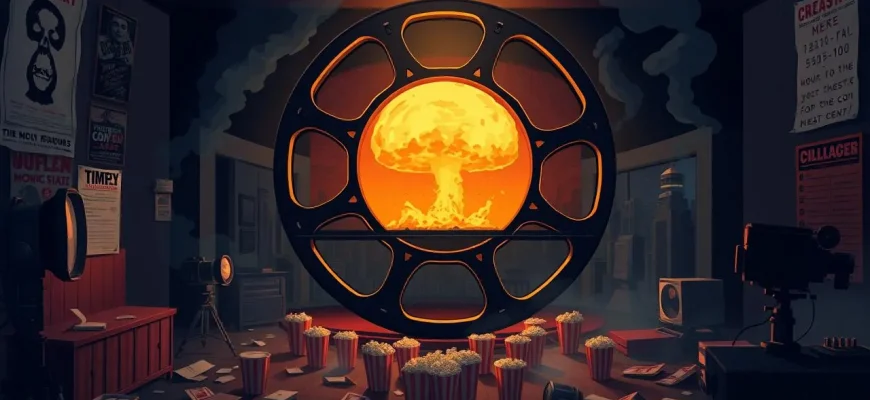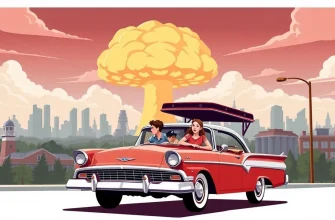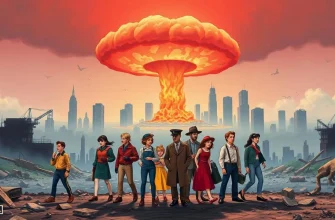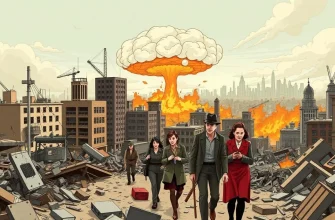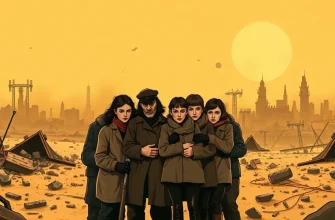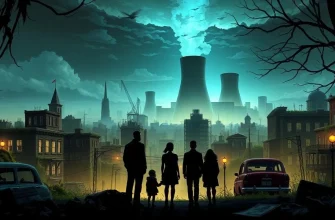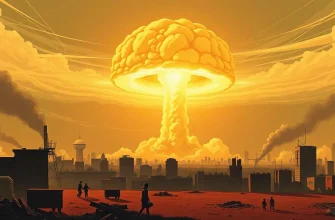If you're a fan of heart-pounding tension and the ultimate stakes of human survival, then this curated list of nuclear disaster films is just the ticket. These films not only showcase the catastrophic potential of nuclear events but also delve into the human psyche, exploring themes of fear, survival, and the aftermath of such cataclysmic events. From classic Cold War-era thrillers to modern-day takes on nuclear threats, this collection offers a gripping look at what could happen when the button is pushed.
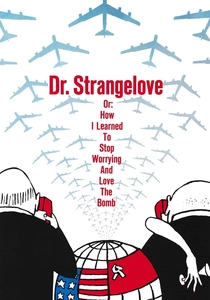
Dr. Strangelove or: How I Learned to Stop Worrying and Love the Bomb (1964)
Description: Stanley Kubrick's dark comedy about a rogue general who triggers a nuclear apocalypse, satirizing the Cold War's nuclear arms race and the absurdity of Mutually Assured Destruction.
Fact: The film was based on the novel "Red Alert," but Kubrick turned it into a black comedy.
 Watch Now
Watch Now

The War Game (1965)
Description: A pseudo-documentary that simulates the effects of a nuclear attack on Britain, this film was so realistic and disturbing that it was banned from television for many years.
Fact: It won an Academy Award for Best Documentary Feature, despite never being broadcast on British television until
 Watch Now
Watch Now

Testament (1983)
Description: This film focuses on the aftermath of a nuclear attack from the perspective of a family in a small American town, highlighting the personal and emotional toll of such an event.
Fact: It was nominated for two Academy Awards, including Best Original Screenplay.
 Watch Now
Watch Now
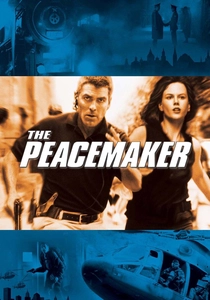
The Peacemaker (1997)
Description: This action thriller involves a nuclear bomb stolen from Russia and the race against time to prevent its detonation in New York City, showcasing the global implications of nuclear terrorism.
Fact: The film was inspired by real events, including the theft of nuclear material from the former Soviet Union.
 Watch Now
Watch Now

The Sum of All Fears (2002)
Description: Based on Tom Clancy's novel, this film deals with a neo-Nazi group's attempt to start a nuclear war between the US and Russia by detonating a nuclear bomb at a football game.
Fact: The film's plot was updated from the book to reflect contemporary geopolitical tensions.
 Watch Now
Watch Now
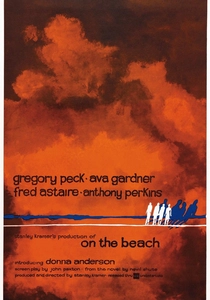
On the Beach (1959)
Description: Set in a post-apocalyptic world where nuclear fallout has killed most of humanity, this film follows the last survivors in Australia as they await the inevitable arrival of the deadly radiation cloud.
Fact: The film was one of the first to deal with the aftermath of nuclear war, influencing public perception of the nuclear threat.
 30 Days Free
30 Days Free
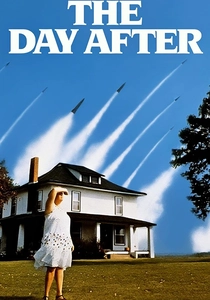
The Day After (1983)
Description: This made-for-TV movie captures the immediate aftermath of a nuclear war between the United States and the Soviet Union, focusing on the lives of ordinary people in Kansas. Its raw portrayal of nuclear devastation made it a cultural phenomenon.
Fact: The film was so controversial that President Reagan watched it and it influenced his stance on nuclear arms reduction.
 30 Days Free
30 Days Free
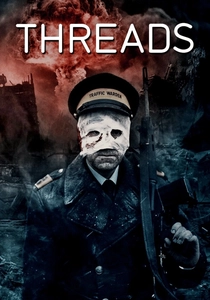
Threads (1984)
Description: A British television drama that depicts the effects of a nuclear holocaust on the working-class city of Sheffield, England. Its bleak realism and focus on the long-term consequences of nuclear war make it a standout in the genre.
Fact: The film was praised for its scientific accuracy and was used as an educational tool in schools.
 30 Days Free
30 Days Free

By Dawn's Early Light (1990)
Description: A made-for-TV movie that follows the crew of a B-52 bomber as they navigate the chaos following a nuclear exchange between the US and the Soviet Union, trying to prevent further escalation.
Fact: It was one of the first films to depict the use of the "Looking Glass" airborne command post.
 30 Days Free
30 Days Free

Fail-Safe (1964)
Description: This film explores the terrifying scenario of a technical malfunction that leads to an accidental nuclear strike on Moscow, forcing the US President to make an unthinkable decision to prevent further escalation.
Fact: The film was released the same year as "Dr. Strangelove," offering a more serious counterpoint to the satirical take on nuclear war.
 30 Days Free
30 Days Free

